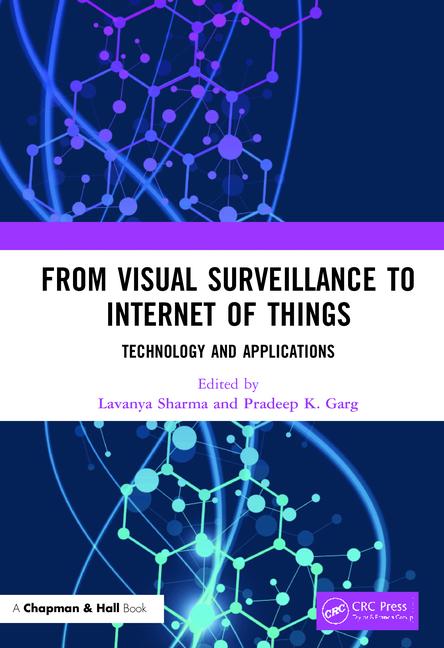The Internet of Things, Your Business: The Future

I had an opportunity last November to present to a standing-room-only crowd at ISC East. I was joined by two security industry veterans — Paul Boucherle and Bob Banerjee — and we tackled the subject of what the industry might look like in 10 years. No one really knows, but here is my take on the future of the security industry.
To envision the longer term future of the security industry, we need to challenge our thinking and imagine what the world will look like 10 years out. Think human-free manufacturing, bionic smart hands (no surgery required), nano technology in clothes, mobile device as king, virtual keyboards where you type in the air based on what you see in your smart glasses, retinal scanning (works), and bionic hand scanning/processing as a replacement for card swipes and fobs.
We are on the brink of something spectacular with the Internet of Things. In the not-too-distant future, more data will be collected in one hour from Internet of Things (IoT) devices than is collected in a single year today.
The Internet of Things is everywhere — in our homes and businesses, even in our cars — in the form of devices, sensors, and smart objects. But we need to imagine far more intelligence out at the edge.
In the future we will see more integrated threat intelligence. For example, say someone enters a restricted zone. It won’t be only the video camera alert feeding information back to a center; it also could be IoT devices acting as sensors detecting an increase in temperature, movement in light controls, a person touching “intelligent paint,” or the pressure of feet on a smart carpet. In the case of home security, the system might be intelligent enough to discern a person’s identity based on verbal answers to questions: I know you are there, identify yourself!
As much as the IoT will bring intelligence to security, it also will introduce new physical and cyber security vulnerabilities and demands. The bad guys will target these IoT devices to gain access to information and to sabotage the connected network. They will load viruses, malware and even find ways to manipulate the information these IoT devices provide to create new vulnerabilities.
Another connected trend I see is that security analytics will be a standalone service. This will be the high ground for integrators, who will call themselves breach consultants and threat management firms. From the end user perspective, security will be part of one federated approach — the CSO will own operational security, organizational security, and information security as well.
While the future as I’ve defined it here is some years out, systems integrators need to begin investing today. Here are three things they can do right now.
1. Make innovation a priority. Take your brightest and invest in creating an innovation “office” in the organization. Define and create your own new services to stay one step ahead of your competition. Focus on two new services per year, spread out over time.
2. Understand cyber security and its relevance to the market. Know where you fit in and the impact to the devices you support. Google the PSA Cyber Security World Congress.
3. Invest in training your sales personnel in consultative selling. Make sure they don’t just understand what it is — make sure they become practitioners and your sales model engages around it. Clients have 57 percent of their mind made up when they engage; sales needs to be able to reposition the problem and create value for the client.
All of these things are critical for systems integrators who want to be successful in the future and see value in the short term. Connect with me on LinkedIn to share your insights.
Looking for a reprint of this article?
From high-res PDFs to custom plaques, order your copy today!







